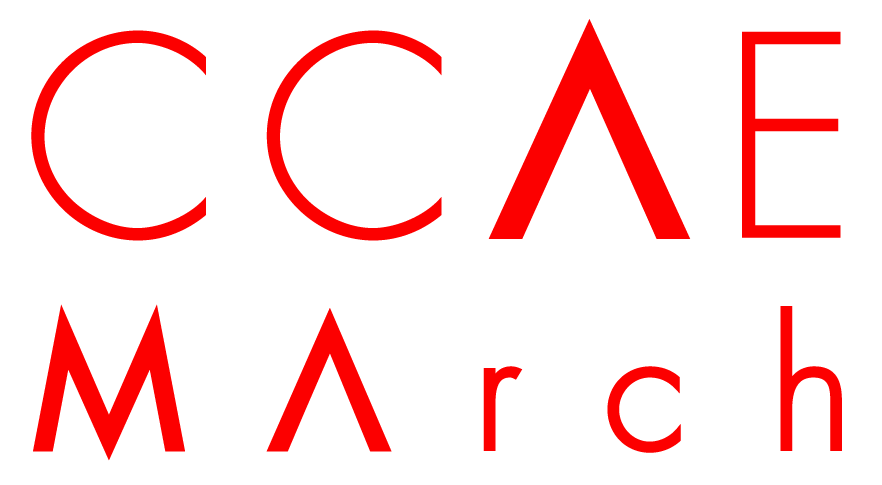03
Fieldwork.
The waking up of Lisbon, later than other cities
The waking up of Rua do Ouro
The waking up of Rossio Square, at the doors of its cafes
Waking up…..
And in the middle of it all the train station, which never rests
Like a heart that has to beat in both waking and sleeping hours.
“Acordar” (“Waking Up”) poem by Álvaro de Campos (one of Fernando Pessoa’s heteronyms)

The aim of the fieldwork study is to articulate and define a THESIS TERRITORY which may be constituted as much by particular urban areas and physical territories as it is by particular spatial, material, intellectual and theoretical readings of the city. You might therefore choose to define this Territory thematically - forming speculative linkages through those things that implicate key topographical, cultural, social, or sensory aspects of the city etc. This suggests an engagement with the city itself and the social and political processes that define it, and a need to RESEARCH, RECORD AND MAP those characteristics of your own assumed Thesis Territory.
The arguments or propositions about the city that we will be making- will literally be put forward and materially placed within it. While it is not intended to comprehensively cover the entire city, as it is simply too expansive- we will therefore concentrate on areas that have resonance with our own experiences and interests.
In order to do this, we will combine both structured visits on the trip along with individual/group explorations. Like the first Scanning Project, it is once again suggested that you consider working in groups of 2-3 persons where shared thematic interests/ or shared interests in particular physical territories are evident. Importantly, when we arrive back to Cork in Week 5, we will begin to examine this emerging Thesis Territory through constructing a series of drawings, models and other representational assemblages. As the information we collect in the city will be relied on for developing the design thesis, it is critical that that the material you gather is sufficient to carry this level of critical inquiry. You should bring a range of survey-like equipment, be a collector of ‘things (postcards/stories/ charts/postcards/stories etc.) and attempt to develop deep understandings and readings of the city during the field-work.
Reflections on Lisbon.
ALFAMA: The Village within a City
Upon visiting Alfama, it is hard not to notice the unique sense of community in the ‘Village within a City’. Once the middle-class ambiguous quarter of Lisbon that housed prostitutes, sailors and the poor, in recent years it has been revived by the boom in urban tourism after a long period of being the slum area of Lisbon. Today, it is known for its Arab origins, labyrinthine narrow streets dead end alleys, and tiny squares. A typical walk through Alfama you will see stoops washing lines, bird cages, pots and plants that recede into the public sphere. The space is closed in upon itself like a deep interior without broad or straight streets crossing it. One step into the neighborhood and I felt as if I were in a separate world, shielded against the movement of the surrounding city. Within this closed world I noticed a density, intensity and repetition of the daily interaction of the locals.
Alana Boles

Inscription.
The studio has undoubtedly benefitted from the considerable support of friends, colleagues, and a range of contributors. In Lisbon, we were fortunate that Margarida Borges expanded our understanding of the city by traveling with us across many different parts of the city and provided close insights into how the city has evolved and how it has reacted to different social and natural changes. Over a day-long dérive, we visited one of the first Metro Stations in the city - Parque – wonderfully designed by Francisco Keil do Amaral and Maria Keil – and moved through Parque Eduardo VII, Tribunal, Palácio de Justiça, Aqueduto de Alcântara, Bairro da Liberdade, Bairro da Serafina, Plano de Chelas, Bairro do Condado, and into Marvila where a number of the student’s projects were established. We were also guided remotely by Tiago Torres-Campos and Francisca Lima – who, although working in RISD in Rhode Island and Edinburgh respectively, connected us with the faculty of the Instituto Universitário de Lisboa (ISCTE) and to Bernardo Pisarro Miranda and Pedro da Luz Pinto.
Back in Cork, we were supported in different ways throughout the year, and with the propulsion of the studio into a ‘remote’ state in March due to the Covid-19 outbreak, this support was vital in both sustaining and guiding the works through the remaining five-months of the Course. We had enormous support from CCAE Director Kevin McCartney and Associate Director Katherine Keane during this time – who ensured resources were increased to counter the worst effects of national restrictions. With this, the importance of having thoughtful consideration of the projects was heightened and we are thankful that we could rely on the generosity of Kate Buckley, Maud Cotter, James Craig, Una Daly, Eoin French, Viktor Gekker, Andrew Lane, Maroun Tabbal, and Mary-Ruth Walsh in this regard. For those familiar with the Course over the last nine years, the exhibition works produced in the third Semester will undoubtedly seem different. Removed from the usual exhibition environment and of large scale and physical artifacts, the usual understandings of what the Exhibition produces was somewhat problematic. With the strong support from our External Examiners Marcos Cruz, Lorraine Farrelly, and John Parker, the students capably pivoted to the experimental and innovative uses of digital skills and techniques - in order to heighten the resolution of their projects. It is this ability to engage, respond, and produce a compelling design experience through new and immersive techniques that signal their innate ability for innovative and adaptive thinking that oscillates between the speculative and the operative. This is, of course, what we often expect of our graduates – but in this case, it is displayed with such creativity and ambition that these qualities seem to gain heightened purpose in these times. For these reasons, it is only right to celebrate their achievements – hoping that others find the work stimulating and a worthwhile contribution to an ongoing project that considers the 21st-century city in new ways.
Jason O’Shaughnessy Lorenzo Cammoranesi Kieran Cremin
MArch Programme Director: Dr. Jason O’Shaughnessy
Design Studio Team: Lorenzo Cammoranesi, Kieran Cremin, Jason O’Shaughnessy
Cultures & Context Lecturer(s): Kate Buckley
Technology Transformations Lecturer(s): Professor Kevin McCartney, Maroun Tabbal
Design Studio Multimedia Tutor: Viktor Gekker.
External Examiners 2019-2020:
Professor Marcos Cruz, Professor Lorraine Farrelly, Mr John Parker, Professor Ana Betancour
CONTACT US
MEET THE STUDENTS



















